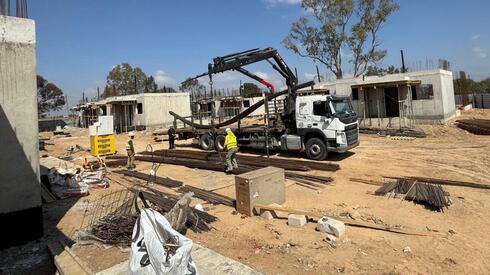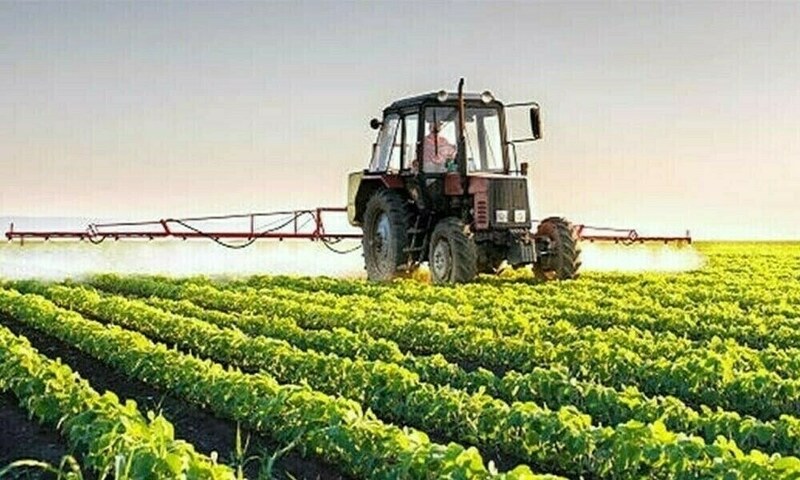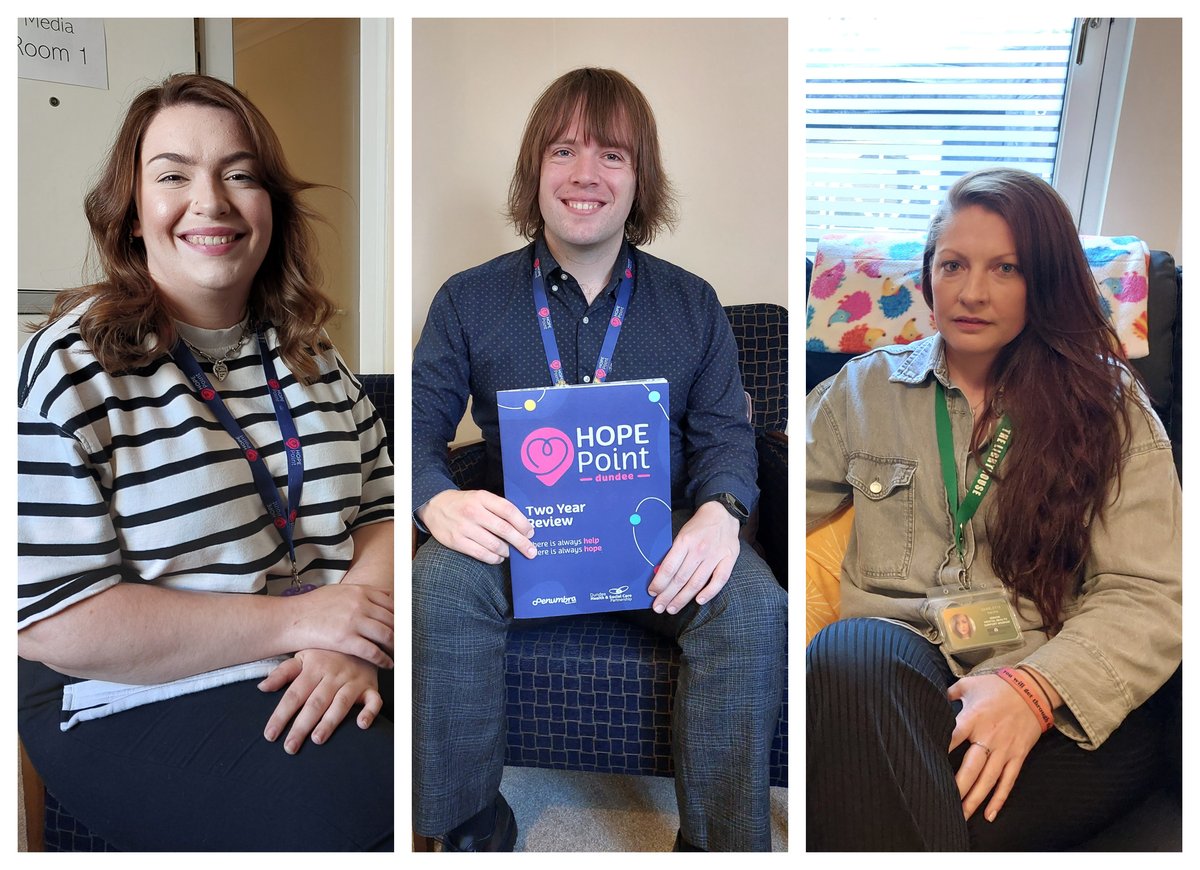By Roni Green Shaulov
Copyright ynetnews

Ninety percent of residents evacuated from Israel’s Gaza border communities after the October 7 massacre have returned home, according to a new report released Wednesday by the government’s Tekuma Directorate for Western Negev rehabilitation. The report, titled “General Status of the Gaza Envelope Communities’ Rehabilitation Process,” shows that 42 of the 47 communities evacuated after the attack are back in place, though not all at full strength. In Kibbutz Nahal Oz, only about one-third of families have returned. Two-thirds said they are either unwilling or unable to come back now, citing the ongoing war, constant explosions, unresolved trauma, and concerns for their children’s mental health — along with the painful reality that several community members remain hostages in Gaza. Strong recovery in other hard-hit communities Despite Nahal Oz’s struggles, many of the 13 communities defined by Tekuma as the hardest-hit are showing strong recovery rates. Kibbutz Kerem Shalom, closest to Gaza, has seen 88% of residents return along with six new families. Kibbutz Re’im recorded a 95% return rate and 10 new families. Kibbutz Sufa reported 90% return with six new families, while Kibbutz Nir Yitzhak saw 82% back and eight new families. Similar patterns were noted in Kibbutz Nirim, Ein HaShlosha, and Moshav Netiv HaAsara. In total, about 2,500 new residents have moved into Western Negev communities since the war began — most settling in the city of Sderot. Delayed returns and ongoing displacement The Tekuma report also notes that five communities — Nir Oz, Kfar Aza, Be’eri, Kissufim, and Holit — have yet to complete their rehabilitation. Their residents remain scattered across Israel, with some expected to stay in evacuation centers through 2027. At Nahal Oz, just four new families have joined despite the government’s July declaration that there was no longer a security reason preventing return. Evacuation funding has ended, and the IDF lifted the designation of the area as a closed military zone. Still, most families remain displaced. Billions allocated for rehabilitation The report details extensive rebuilding work across the region. Tekuma has budgeted a five-year, 17.5 billion shekel plan (about $4.6 billion) to support reconstruction and return. So far, about 7.9 billion shekels have been committed, with 525 million shekels allocated for 2025 projects focused on resettlement, growth, and resilience. Aviad Friedman, head of the Tekuma Directorate, said the area is undergoing a rapid recovery: “An overwhelming majority of residents have come back to live here, alongside thousands of new families who chose to join this journey of renewal,” he said. “Even in the hardest-hit communities, the significant rate of return shows determination to rebuild homes and communities.” Friedman said new infrastructure is already visible on the ground, children have returned to kindergartens and schools, and special community-tailored housing solutions are being developed through “community baskets” that allow each town to shape its future. “We are looking forward,” he said. “The Western Negev will be renewed, thriving, and safer — built not only for today, but also as a source of resilience, growth, and hope for generations to come.”



